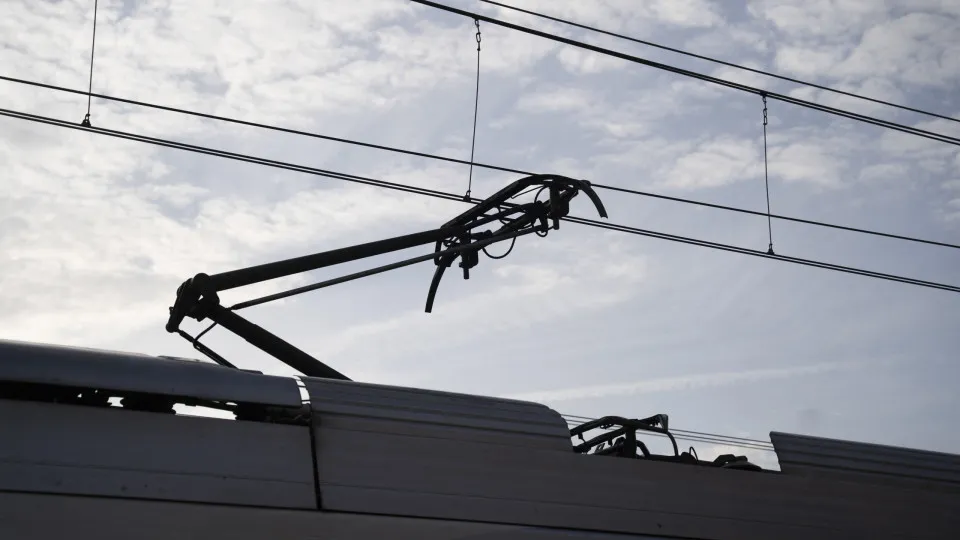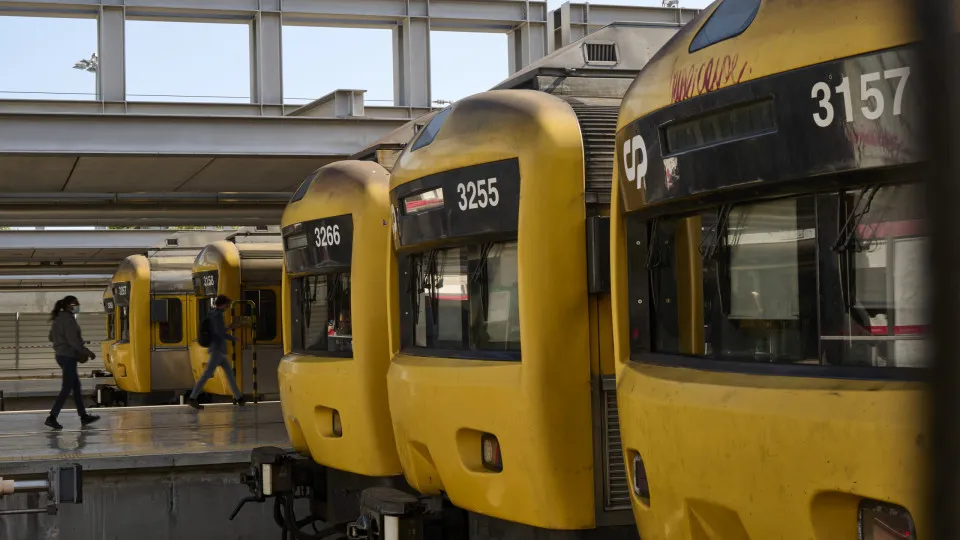
“According to the Concession Contract for the High-Speed Railway Line between Porto (Campanhã) and Oiã (known as PPP1), Infraestruturas de Portugal has a deadline of 60 days from the date of submission to approve the preliminary designs for the stations and the bridge over the Douro River, along with all project elements impacting existing railway infrastructures,” Infraestruturas de Portugal (IP) stated in response to questions on Tuesday.
However, IP noted in the same response that “the aforementioned approval period only begins when the projects are accompanied by all necessary documentation, which is currently not the case,” indicating that while time elapses, the deadline has yet to start, despite the project being publicly available for viewing on the portal participa.pt since October 22.
Following the response, IP was further questioned about the missing documents and responded today, stating that “the missing documentation pertains to specific technical specialties still under development by the concessionaire.”
The issue involves an alternative proposal for the high-speed line station in Gaia, with the concession contract signed with the state stating it should be in Santo Ovídio, with connections to two metro lines. However, the AVAN Norte consortium (Mota-Engil, Teixeira Duarte, Alves Ribeiro, Casais, Conduril, and Gabriel Couto) seeks to build it in Vilar do Paraíso instead, without assuring the metro extension.
The consortium also proposes two separate bridges over the Douro River rather than a single road-rail bridge, and intends to construct less tunnel than initially planned.
Lusa has repeatedly queried the Portuguese Environment Agency (APA) on this topic since early October regarding deadlines and public presentations of the project, but has received no response.
Today, the Minister of Infrastructure and Housing, Miguel Pinto Luz, dismissed claims of “controversy” over the high-speed station in Gaia, viewing the consortium’s proposal to change the location as “legitimate” and aiming to make a decision swiftly after relevant authority reviews.
IP is conducting a “technical and legal analysis” of the consortium’s proposal for the Gaia high-speed station, confirming the receipt of elements not submitted during the public tender.
After the project was awarded in October 2024, with the consortium initially presenting a video of Santo Ovídio station and a road-rail bridge, an alternative was submitted in April, placing the station in Vilar do Paraíso with two bridges instead of one.
The location of the Gaia high-speed station in Santo Ovídio, with connections to the Yellow and Ruby metro lines, and a road-rail bridge over the Douro have been planned since September 2022, at the project’s initial presentation.
The European Investment Bank (EIB) stated in September that it funded the high-speed line based on the proposal conforming to public tender specifications, asserting that the consortium’s initial proposal “reflects the depth and specifications approved during the public tender process and outlined in the Environmental Impact Assessment (EIA) of the project,” and emphasized that “any material change to the project would require a formal review by the creditors and relevant authorities.”
The Porto-Oiã section of the high-speed line received EIB financing of 875 million euros, with the total cost of the section amounting to 1.661 billion euros.
In addition to the EIB loan partially guaranteed by the InvestEU program, the project will also benefit from 900 million euros of additional financing from various national and international financial institutions, 480 million in grants under the Connecting Europe Facility (CEF), and 150 million in co-financing by IP.
On April 16, the government assured that “any potential alteration must be fully safeguarded legally, fully comply with the terms of the tender, and secure municipal agreement,” noting that the consortium’s initial proposal was “aligned with the preliminary design presented by IP.”




